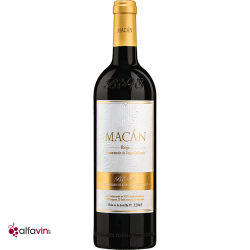
Some facts about Rioja wines
La Rioja is a small autonomous community in the north-central part of Spain, wedged between the huge regions of Castilla y León in the west and Aragón in the east, and the small neighbouring regions of Navarre and the Basque Country to the north. Spanish Rioja wines are fruity and mouth-watering when young, and bewilderingly complex when aged for long periods in oak barrels. It produc...
Read More
Filters
Producer
Parker Points
Price






